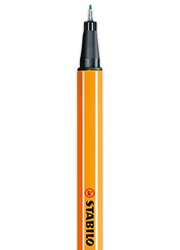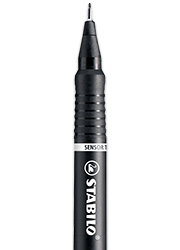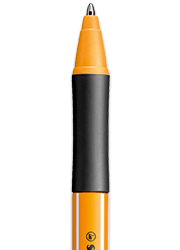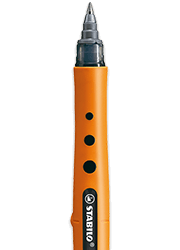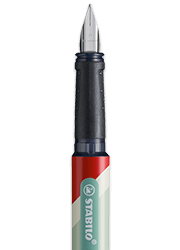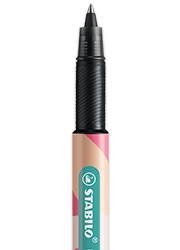
Favorite products

How did the STABILO pens get their light stripes at the edges?How did the STABILO pens get their light stripes at the edges?
1928 - a day like any other. In the paint shop of the Schwan pencil factory in Nuremberg a batch of pencils rattled through the coating machine. The freshly-painted wooden shafts gleamed brightly as they left the machine. But something was not quite right... The foreman and machine operator discovered to their horror that the hexagonal pencils all had light stripes at the edges. However, what at first seemed to be a mishap turned out to be an important design feature. Since then, Schwan pencils have been deliberately given light stripes down the edges, with this typical brand recognition feature registered as a trade mark that very same year.
Is STABILO point 88 ink permanent?Is STABILO point 88 ink permanent?
There is no ISO standard for permanent fineliners in general and therefore none especially for our STABILO point 88 either. However, the inks are more than sufficient for office use as they can neither be erased with ink-eraser nor easily oxidised with chlorine solution. In addition, in a test of archived documents kept in folders for 10 years the STABILO point 88 ink was still legible.
When did humans start writing?When did humans start writing?
Some 50,000 years ago our ancestors were still chiselling stories in stone with flint and painting on the walls of their caves with plant dyes. For thousands of years, pictures were their only means of communication. The ancient Romans used a stylus made of pewter or lead to write on wax tablets, papyrus or parchment. Implements made of lead, pewter and silver were used for writing and drawing until the late Middle Ages. Change came with the discovery of graphite in England around 1550: this new material was soon known throughout Europe.

